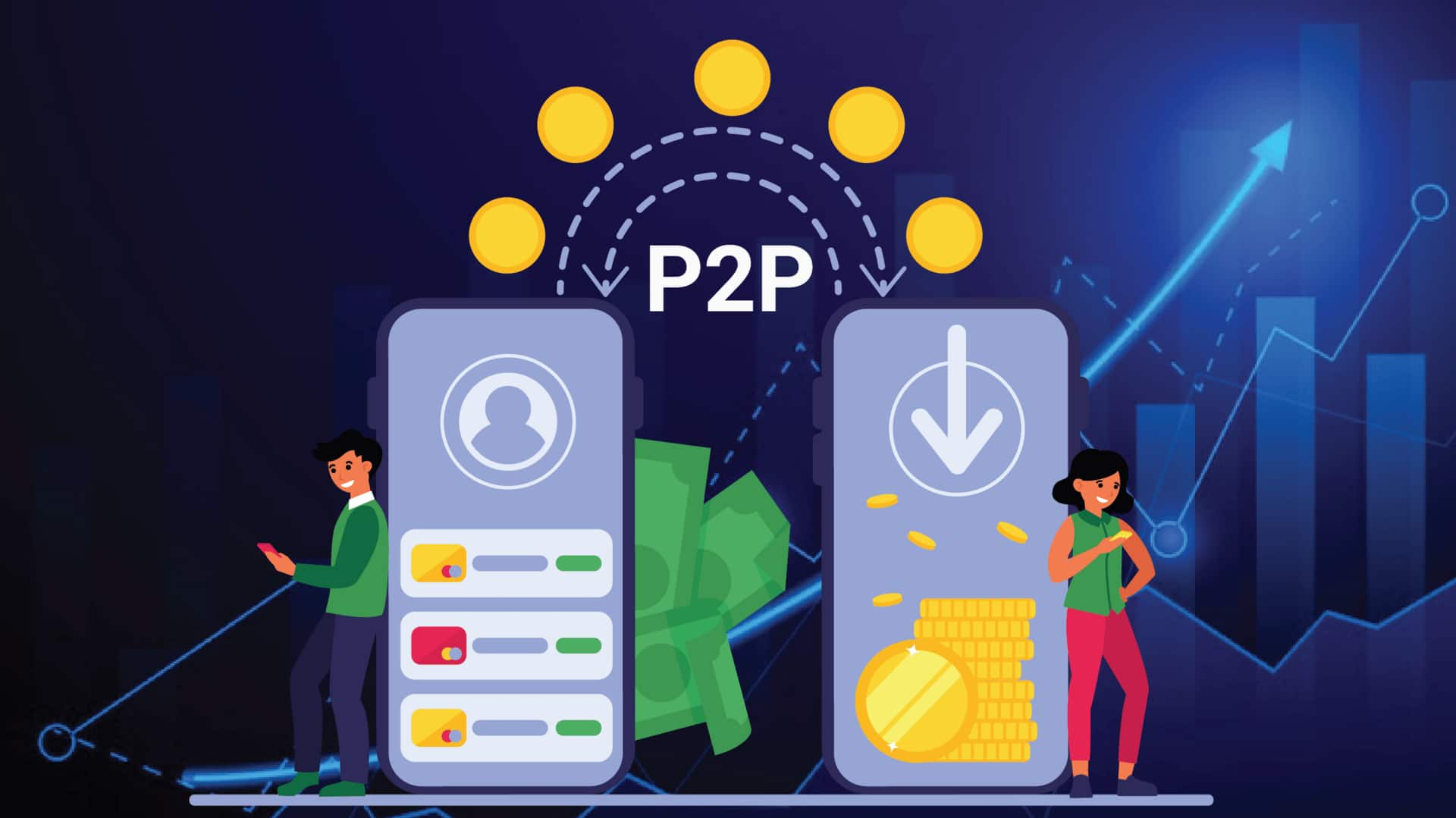
P2P lending: How to earn returns in India
What's the story
Peer-to-peer (P2P) lending has emerged as an attractive investment avenue in India, offering higher returns than traditional savings options. Through P2P lending, investors can lend money directly to borrowers through online platforms, cutting out intermediaries such as banks. This not only makes the process quicker but also gives investors more control over their investments. Here are some practical insights into how you can earn returns through P2P lending in India.
Platform insights
Understanding P2P lending platforms
P2P lending platforms act as intermediaries, connecting lenders and borrowers. These platforms assess the creditworthiness of borrowers and assign risk ratings. As an investor, you can choose loans based on the risk-return profile you are comfortable with. Most platforms also offer diversification options, allowing you to spread your investment across multiple loans to minimize risk.
Risk assessment
Assessing borrower risk
Evaluating borrower risk is key to successful P2P lending. Platforms provide detailed information on each borrower's credit score, income, and repayment history. By analyzing this data, you can make informed decisions on which loans to fund. Higher-risk borrowers usually offer higher interest rates but come with increased chances of default.
Investment strategy
Setting your investment strategy
Developing a clear investment strategy is key to maximizing returns in P2P lending. Decide how much capital you want to allocate, the kind of borrowers you want to lend to, and the expected duration of your investments. Some investors prefer short-term loans for quick returns, while others opt for long-term loans for higher interest rates.
Performance tracking
Monitoring loan performance
Once you've invested in loans, it's important to keep track of their performance regularly. Most P2P platforms provide real-time updates on loan status and repayment schedules through their dashboards or mobile apps. Keeping an eye on these updates helps ensure that borrowers are repaying on time and that your investment is growing as expected.
Tax considerations
Understanding tax implications
Like any other form of investment income, returns from P2P lending are subject to taxation in India. It's important to understand how these earnings will be taxed based on your overall income bracket. Keeping accurate records of all transactions can help simplify tax filing processes at the end of the financial year.